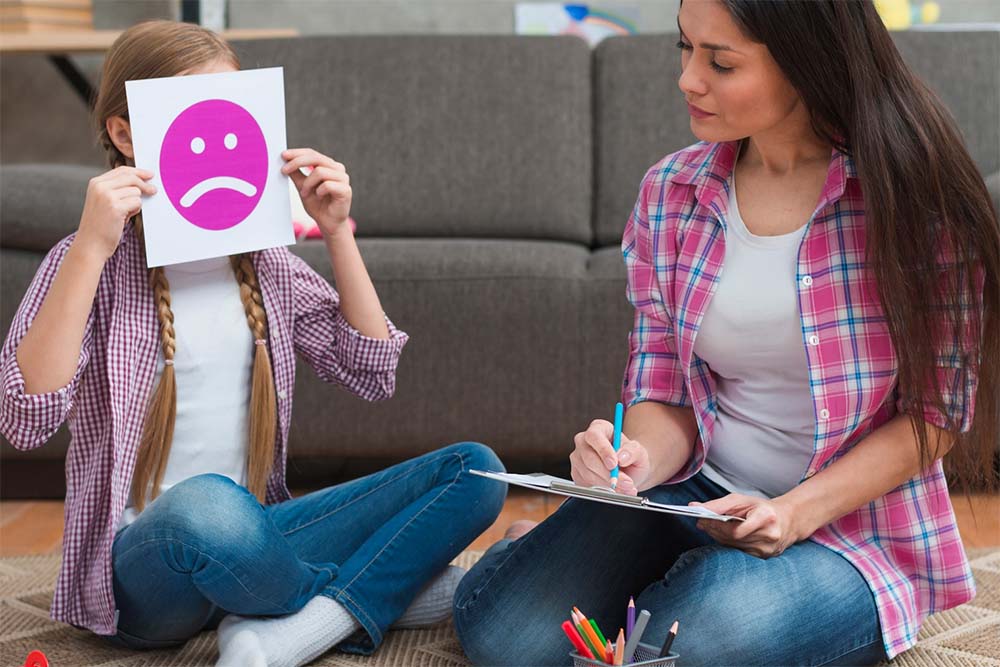Autism awareness isn’t about yelling at those with autism. It’s about building better communities and being open about differences. It’s about understanding another person’s point of view and being open with your own.
Autism Speaks promotes various fundraising activities on its website, including autism walks and fundraising games. Raising autism awareness means supporting research, increasing acceptance, and helping people connect with autism.
Since April 2019, the campaign has encouraged people to share autism awareness on social media. This has resulted in more than 1.3 million posts, 1.6 million likes, and 1.7 million interactions. The campaign is also spreading awareness of autism to more than 13,000 locations nationwide.
Your autism awareness initiative will be most effective by reaching out to all members of the community, not just those who directly have children with autism. By keeping everyone informed and educated about autism, you’ll help improve the lives of everyone in your community.
Autism awareness month is a great opportunity for families, children, and schools to work together to make everyone feel understood. Autism disorders are as individual as different snowflakes, and people with autism have gifts as different as the snowflakes that create them. All children should be celebrated, but children with autism need to be celebrated, too.
Why do we need to Raise Awareness for Autism in Community
Autism Awareness Day is a special day that invites individuals or groups to take action, such as wearing blue, holding fundraising events, and participating in community events to increase public awareness about autism.
Raising awareness of autism in the community is the most effective way to help children and adults on the spectrum. It will help families, schools, workplaces, and communities understand autism, and it will help autism service providers to develop or improve services. It will also help autism service providers understand that autism is a spectrum of disabilities that affects everyone differently. Raising awareness of autism in the community will help autism service providers understand that there are no “typical” or “normal” children on the spectrum.
Raising awareness of autism in the community will help citizens, employees, students, parents, and service providers understand that the challenges, advantages, and benefits of autism may vary from person to person.
Autism awareness programs offer us a chance to help our friends and neighbors. By spreading this awareness, we can protect people from putting up obstacles for those with autism. We can and should try to support those with autism in our communities while making sure they understand they can reach out to us for help and advice.
How can we promote the rights of individuals with autism?
It is important to make public spaces accessible for nonverbal individuals, including individuals with autism and other developmental disabilities. Public spaces should be designed so that children with autism can interact in meaningful ways, and individuals with autism should be supported in participating in public life. There are a number of ways that public spaces can be made more autism-friendly. These include designing public spaces so that people can enjoy physical experiences with others. Public spaces can also be designed to accommodate social interactions and provide opportunities for communication between people with autism and non-autistic individuals. Organizations and individuals can highlight the importance of making public spaces accessible to all individuals.
Individuals with autism may have better opportunities if they receive greater access to education and employment opportunities. Proper education and counseling could improve the social skills of individuals with autism, which would allow them to have greater success obtaining employment.
How can we support a person with autism in interacting with other people?
The first step is to remove the pressure of behavior. In the short term, this can be achieved with sensory breaks in the middle of the day. Some children with autism need a break every ten minutes, while for others, this means every hour. Sensory breaks can include anything from a massage to a water balloon fight. For older kids, a scavenger hunt or creating something with their hands can be an equally effective break.
We put an emphasis on engaging methods in therapy to alleviate stress, in addition to our staff being trained in autism and communication skills. Furthermore, these interventions allow the patient to gain a sense of control, which may lessen their anxiety, which can prevent social isolation.
I think it’s very important that school programs focus on finding opportunities within the school for children with autism to get to interact with people. There are many ways that a person with autism can be integrated into school life, like mentoring, peer tutoring, friendship groups, and work placements. If these opportunities are not offered to a person with autism, then the parents might choose to take them out of school and arrange alternative programs which focus on social skills.
I’m amazed about how so many other people I know have autism. It’s all about personal awareness, compassion, and patience. It’s also about acceptance, tolerance, and diversity. And it’s also about acceptance, tolerance, and diversity. If you’re looking for additional treatment options to raise awareness for autism in the community, you can check out autism clinical trials at Power.

